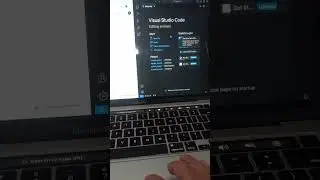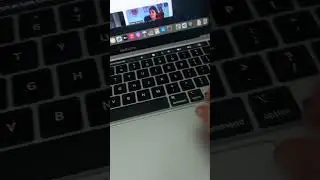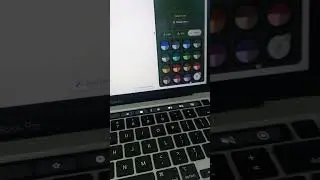How to install PyAutoGUI in Visual Studio Code
Welcome to my tutorial on how to install PyAutoGUI in Visual Studio Code!
In this comprehensive guide, I'll walk you through the entire process of setting up PyAutoGUI in VSCode, from creating a new folder to running a sample program using the PyAutoGUI library.
This video is ideal for beginners who want to start automating tasks with Python in a powerful code editor like Visual Studio Code.
In this video, you will learn:
Creating a Python project Folder: We'll start by creating a new folder on your system where we will set up our project environment. This step is crucial to keep your project organized and ensure that everything runs smoothly.
Setting Up a Virtual Environment: Next, I'll show you how to set up a virtual environment within your folder. A virtual environment is essential for managing dependencies and avoiding conflicts between different projects. You'll learn how to create and activate a virtual environment using simple commands.
Installing PyAutoGUI Library: Once the virtual environment is set up, we’ll move on to installing the PyAutoGUI library. I'll guide you through the installation process using pip, Python's package installer, ensuring that PyAutoGUI is installed correctly in your virtual environment.
Testing the Installation: Finally, we'll test the installation by running a sample program using the PyAutoGUI library. This step will help you verify that everything is set up correctly and you're ready to start automating tasks with PyAutoGUI in Visual Studio Code.
By the end of this tutorial, you will have a fully functional PyAutoGUI setup in Visual Studio Code, ready for your automation projects.
Keywords: install pyautogui in visual studio code, install pyautogui library, install pyautogui in vscode
Don't forget to like, share, and subscribe for more tutorials! If you have any questions or run into issues, drop a comment below, and I'll be happy to help. Let's dive in and start automating tasks with PyAutoGUI in Visual Studio Code!








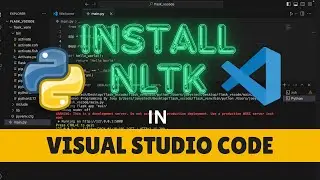


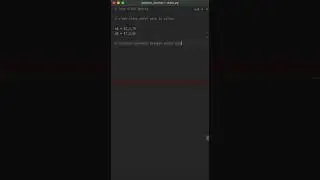

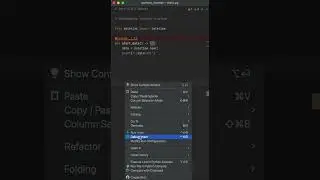
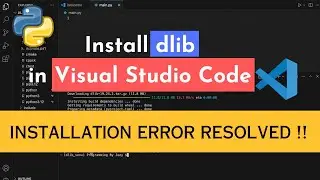
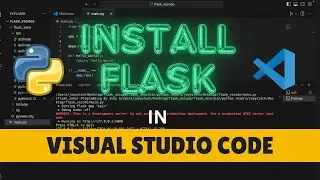
![How to install Beautiful Soup in Visual Studio Code [2024]](https://images.videosashka.com/watch/mhvco7GT2sc)
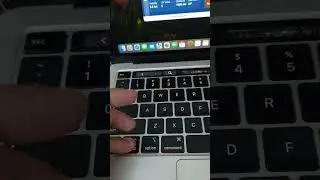
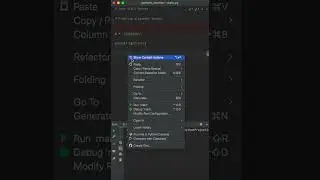


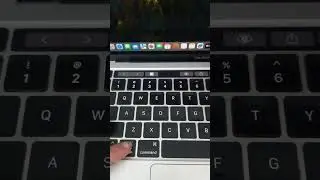
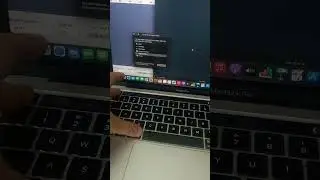
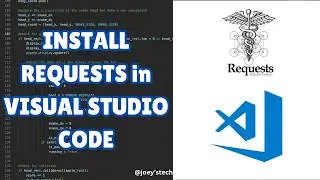
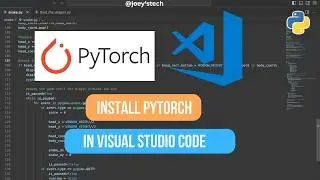
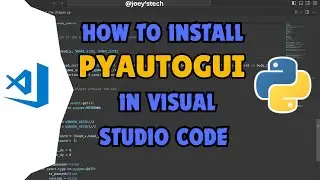
![How to install Tensorflow in Visual Studio Code [2024] #tensorflow](https://images.videosashka.com/watch/24gG8JakeKk)
